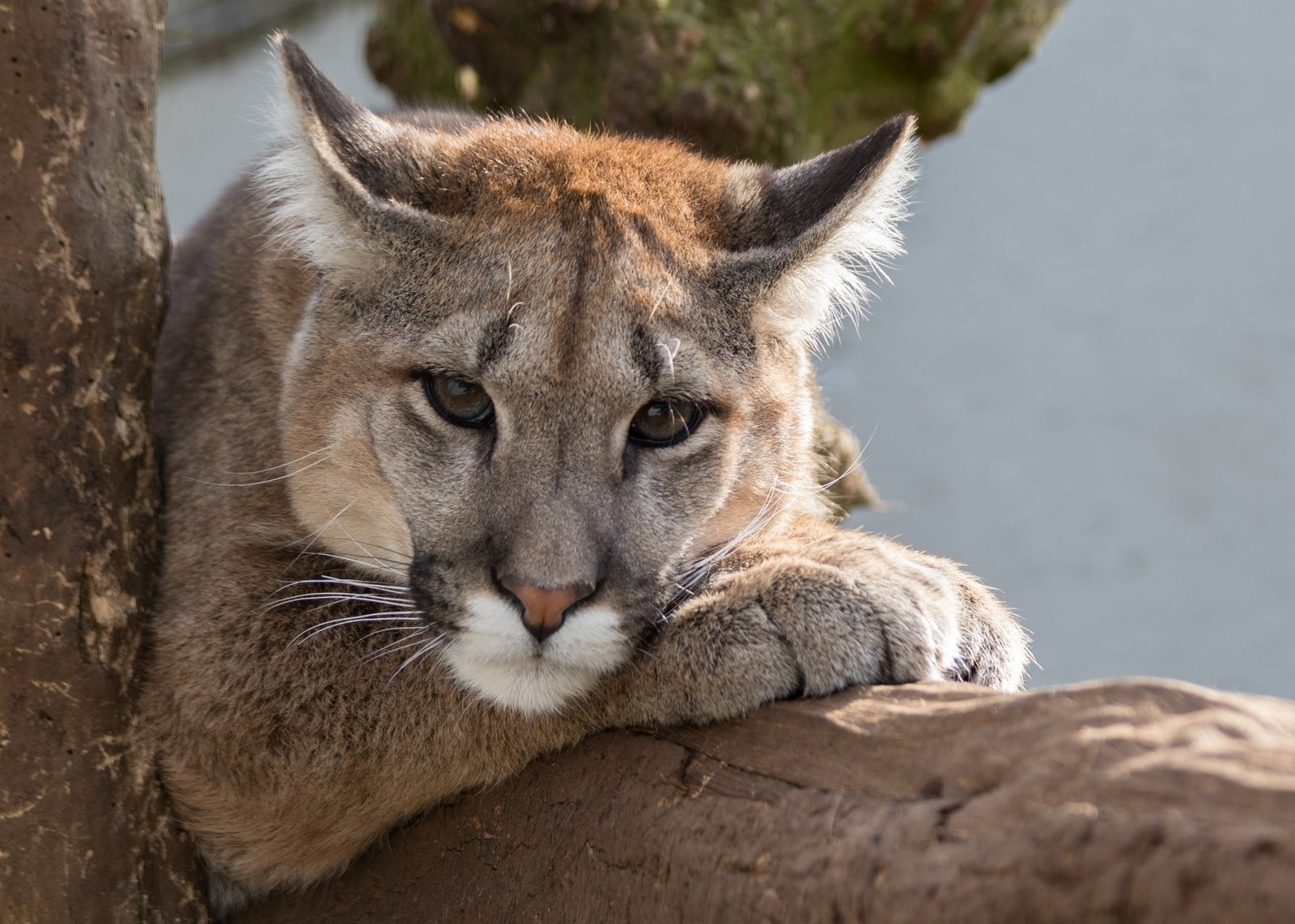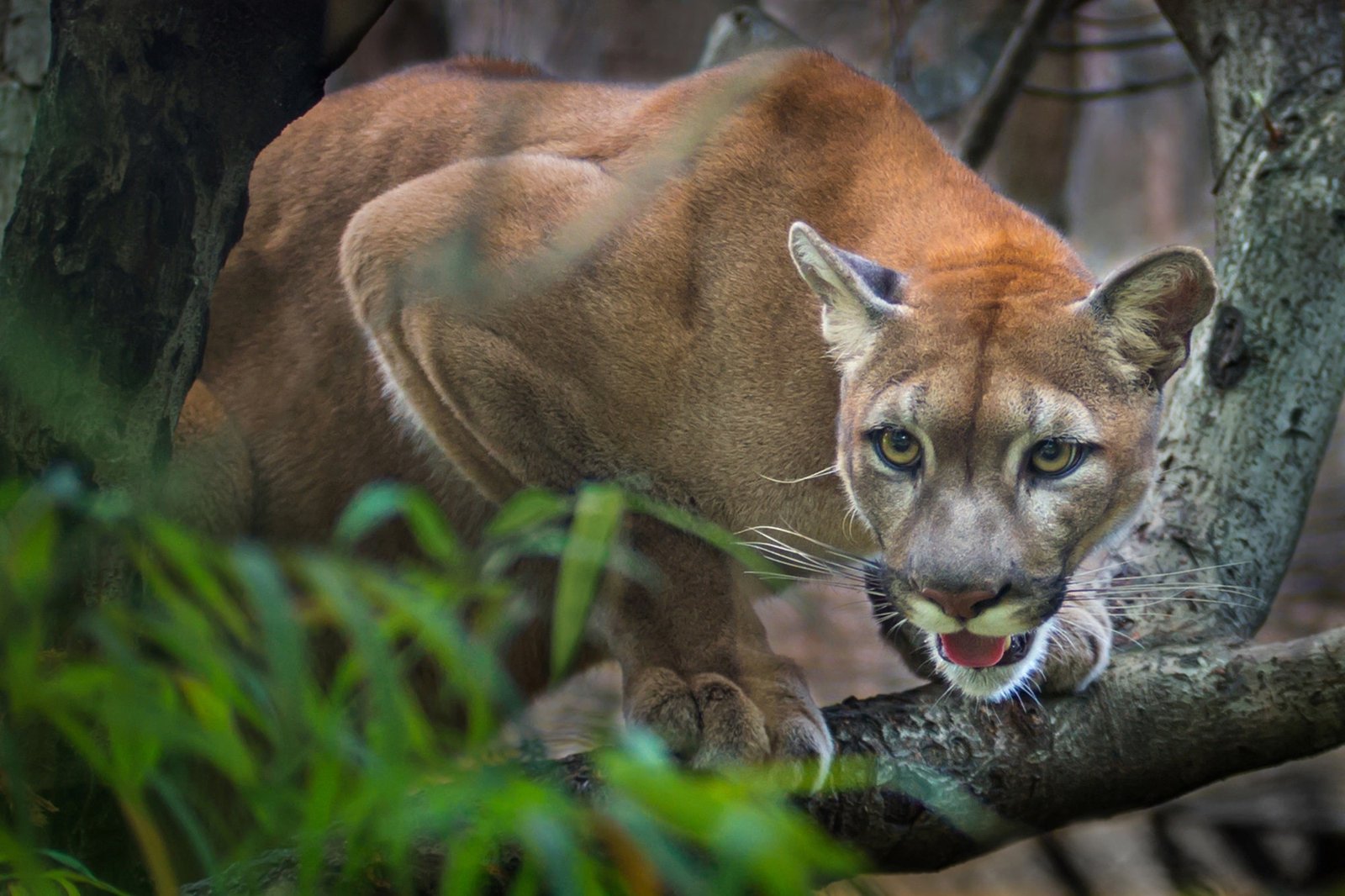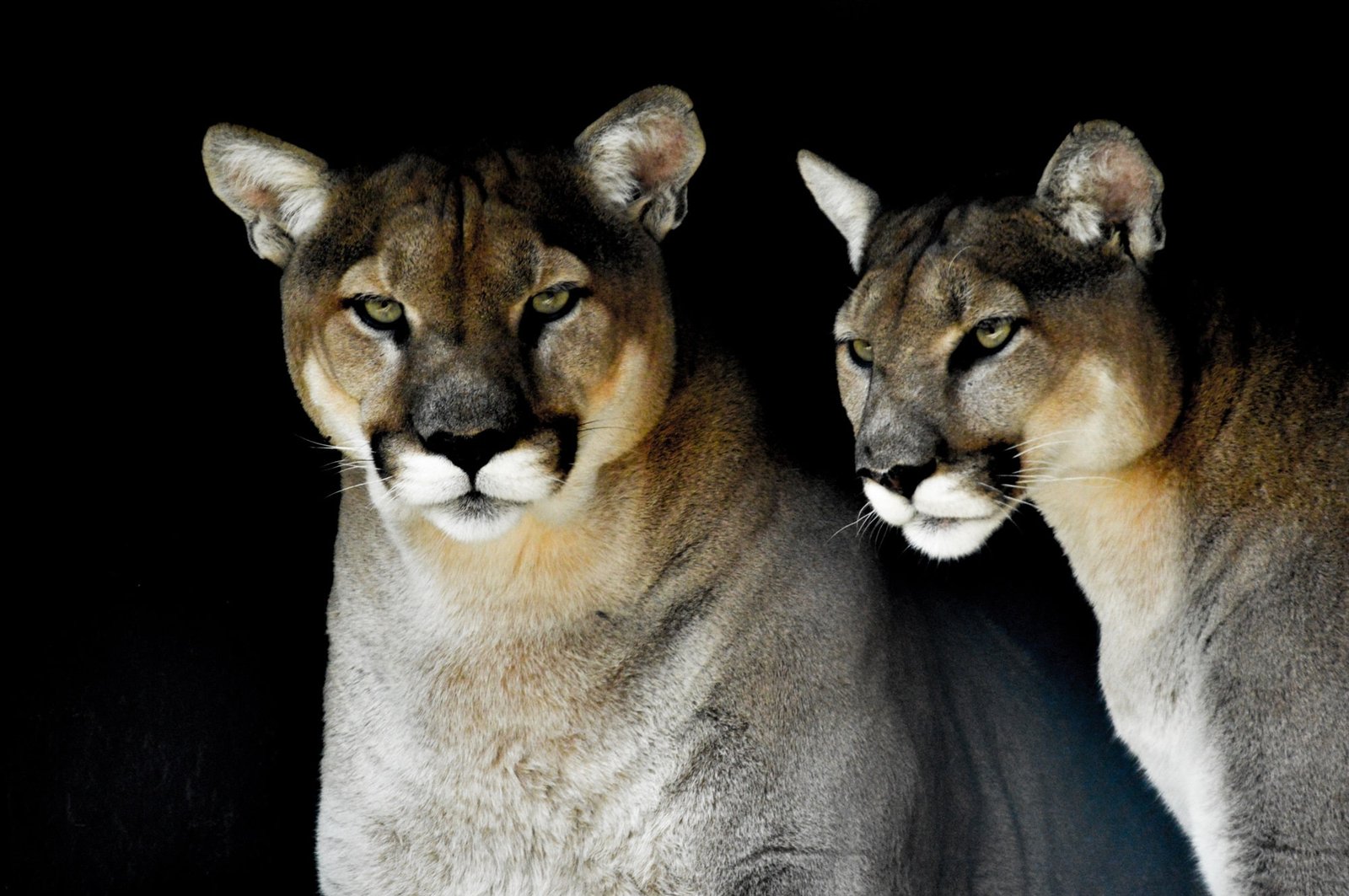
The Puma (Puma concolor): A Comprehensive Species Report
- also known as mountain lions or cougars, are large cats native to the Americas.
- They have a wide range, inhabiting various ecosystems from mountains to forests. and even
- Pumas are excellent hunters. preying on deer and other ungulates, and are known for their powerful and agile movements.
- Unlike some big cats. pumas are solitary animals, and each irdividual establishes and defends a territory.
- Pumas can produce a range of vocalizations, including screams, growls, and purrs, for communication and mating purposes.

Introduction:
The Puma, scientifically known as Puma concolor, is a large felid species native to the Americas. Commonly referred to as the cougar, mountain lion, panther, or catamount, the Puma is known for its adaptability, wide distribution, and elusive nature. This
report provides a comprehensive overview of the Puma species, encompassing its taxonomy, physical characteristics, behavior, habitat, conservation status, and interactions with human populations.
Taxonomy:
The Puma belongs to the Felidae family and is classified under the Puma genus.
Its scientific name, Puma concolor, reflects its uniform coat color, ranging from tawny to grayish.
Physical Characteristics:
Size: Adult Pumas are large and muscular, with males weighing between 115 to 220 pounds and females between 64 to 141 pounds.
Coat: Pumas have a short and coarse coat, typically a solid color with minimal markings, aiding in their camouflage.
Features: The Puma has a distinctive round face, powerful jaws, and a long tail that measures about one-third of its body length.
Behavior:
Solitary: Pumas are generally solitary animals, with adults maintaining large territories to avoid competition for resources.
Nocturnal: Pumas are primarily nocturnal, hunting and being most active during the night.


